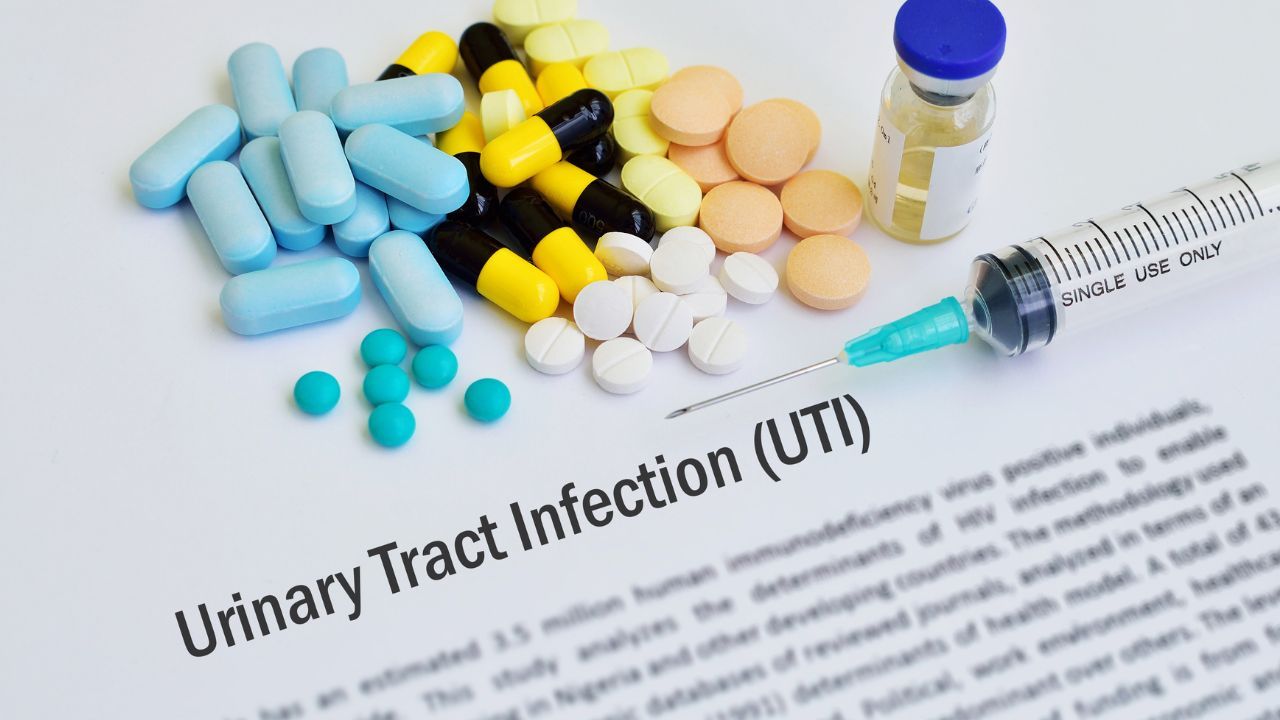Is it a Urinary Tract Infection or Pelvic Floor Dysfunction?

Are you feeling discomfort or pain during urination? Or an urgent need to visit the restroom frequently? You might be quick to assume it's a urinary tract infection (UTI), but there's another potential culprit: pelvic floor dysfunction (PFD). Read on to learn more about the subtle but key differences between UTIs and pelvic floor dysfunction to help you identify the source of these annoying symptoms.
A urinary tract infection is a bacterial infection that affects any part of the urinary system, including the bladder, urethra, and kidneys. Common symptoms of a UTI include a burning sensation during urination, frequent urination, cloudy or bloody urine, and a strong urge to urinate.
Pelvic floor dysfunction refers to a range of issues affecting the muscles, ligaments, and connective tissues in the pelvic region. These problems can lead to various symptoms, including urinary urgency, incontinence, pelvic pain, penetration pain, and much more.
A UTI can cause the pelvic floor muscles to tighten or "guard" in response to pain. With repeated infections, the pelvic floor muscles become tighter and tighter, which affects the bladder's ability to fully empty, making another infection more likely. A catch-22.
In addition, tight pelvic floor muscles can mimic UTI symptoms in the absence of infection. This means that if you're experiencing discomfort and urinary symptoms that resemble a UTI but have no infection, your pelvic floor may actually be the source of the issue.
Key Differences Between UTIs and Pelvic Floor Dysfunction
- Bacterial vs. Muscular Causes: UTIs are primarily caused by bacterial infections, while pelvic floor dysfunction is related to issues with the muscles and tissues in the pelvic area.
- Painful Urination: Both UTIs and pelvic floor dysfunction can cause pain during urination, but the sensation may differ. UTIs typically involve a burning or stinging sensation, while pelvic floor dysfunction can cause more aching or discomfort.
- Frequency and Urgency: Frequent urination and a strong urge to urinate are common symptoms of both conditions. However, with a UTI, the urgency is often more intense and accompanied by the feeling of incomplete bladder emptying.
- Urine Color and Odor: UTIs can lead to cloudy or bloody urine with a strong odor. Pelvic floor dysfunction is less likely to cause these changes in urine appearance.
Whether it's a UTI or pelvic floor dysfunction, it's important to identify the source of your discomfort and seek appropriate treatment so that you're not taking antibiotics over and over again when the actual issue could have been stemming from pelvic floor dysfunction in the first place.
If you're unsure whether you're dealing with a UTI, pelvic floor dysfunction, or both, it's a good idea to consult a healthcare provider. They can perform tests, including urinalysis and pelvic floor assessments, to determine the root cause of your symptoms and recommend an appropriate treatment plan.
In the meantime, deep pelvic floor stretches can be highly beneficial for alleviating both UTI-related and non-infection pelvic floor related urinary symptoms. Stretches like happy baby pose can help relax and lengthen the pelvic floor muscles, alleviating some of the discomfort in the short term, but also improving pelvic floor health in the long run.
Just remember that tightness does not equal strength, and a tight pelvic floor is NOT the same as a strong one. It is actually a sign of a WEAK one. So in the short term, we need to get some release. But in the long term, we also need to strengthen.
Remember those tight hamstrings? When we used to stretch and stretch and stretch, but it never seemed to make any difference? That's because a tight muscle is also a weak muscle, and stretching an already weak muscle will actually make it worse. So it's no good stretching, if you aren't also putting in the work to strengthen. So stretch your pelvic floor to get some release. But once you start to get some good movement in your pelvic floor, it's time to start strengthening as well. I know, i know, it's like when someone says "eat fish, it's a great source of clean protein. But not too much or you might get mercury poisoning" or "eat carniferous greens. They're so high in fiber and essential minerals. But not too much or they'll give you a stomach ache" lol. Don't shoot the messenger, it's just how the body works. More strength = more flexibility.
Here are some of my favorite pelvic floor release techniques from instagram. Just promise me you won't go overboard before you start to strengthen ok?
Once you've gotten a sufficient amount of release, click here to download my free 5 minute pelvic floor strengthening video. Think of it as a video game for your pelvic floor 😉
Understanding the role of pelvic floor muscles in both conditions is essential for effective management. Consultation with a healthcare provider and incorporating deep pelvic floor stretches can contribute to improved bladder health, improved pelvic floor health, and overall well-being.
I hope that helped clarify some things about frequent UTIs.
The Mama Method is my 6-week signature program that will teach you exactly how to rehab your body - like a pro. No more piecing together random youtube videos and hoping they help you heal your body from all of your annoying symptoms. You’ll get access to the exact strategies I teach my private clients (without the massive investment).

